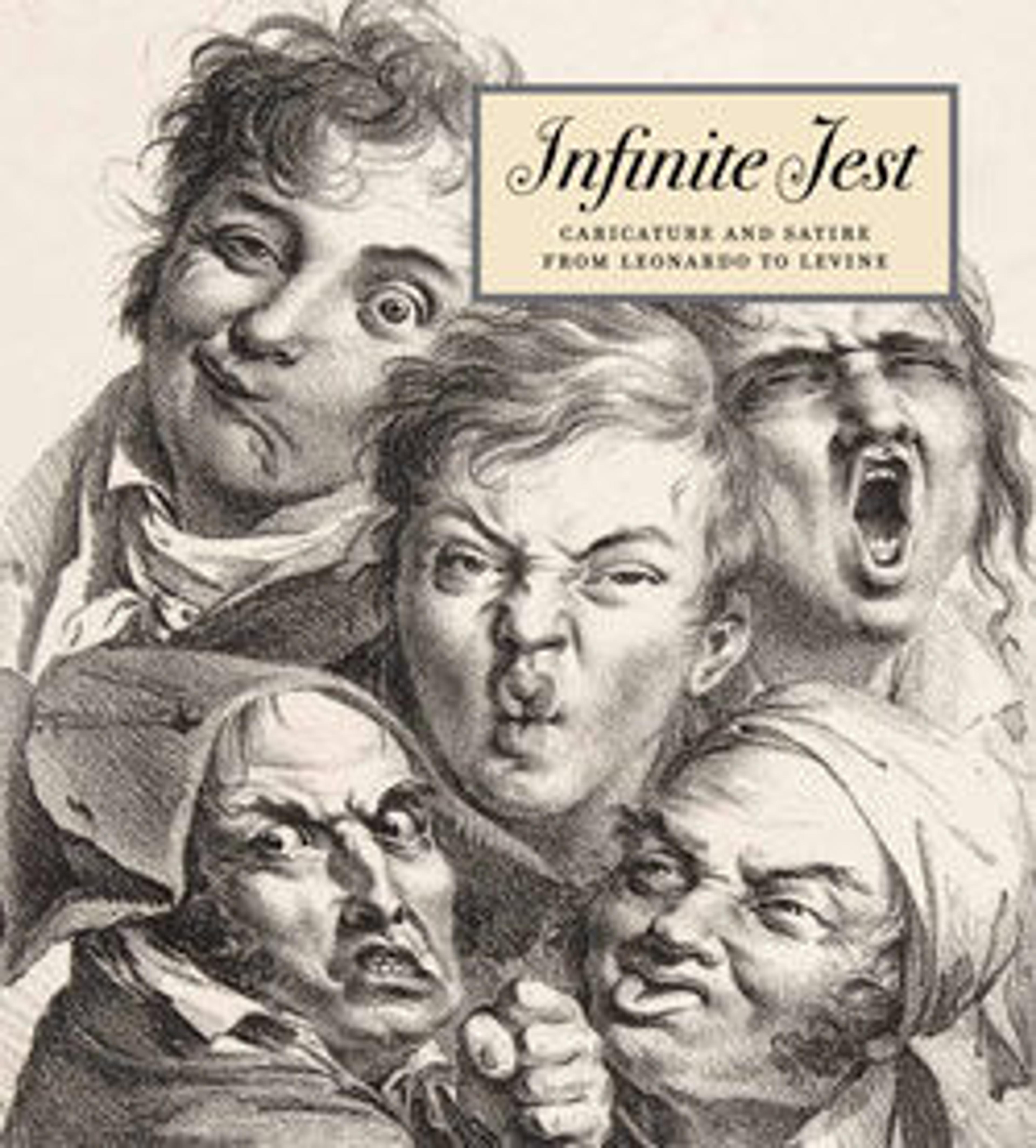A Voluptuary Under the Horrors of Digestion
Gillray’s famously brutal caricature of George, Prince of Wales encapsulates the effects of uncontrolled self-indulgence upon the heir to the British throne. Sprawled in his chair after a lavish meal, the prince picks his teeth with a meat fork; his lack of gentility is underscored by the over-flowing chamber pot at his elbow used to anchor unpaid bills. Just thirty years old, his accumulated ailments can be inferred from remedies piled at right – pills and potions to treat "stinking breath", "piles" (hemorrhoids), venereal disease and poor digestion. A portrait on the wall suggests a more effective remedy – depicting Luigi Carnarro, a Venetian nobleman whose life was famously saved by going on a strict diet. By including "Voluptuary" in the title, Gillray invoked contemporary worries that traditional British masculine virtues were being enervated by a culture obsessed with luxury.
Artwork Details
- Title:A Voluptuary Under the Horrors of Digestion
- Artist:James Gillray (British, London 1756–1815 London)
- Publisher:Hannah Humphrey (British, ca. 1745–1819)
- Subject:George, Prince of Wales (British, London 1762–1830 Windsor)
- Date:July 2, 1792
- Medium:Hand-colored etching
- Dimensions:sheet: 14 3/8 x 11 9/16 in. (36.5 x 29.3 cm)
- Classification:Prints
- Credit Line:Gift of Adele S. Gollin, 1976
- Object Number:1976.602.22
- Curatorial Department: Drawings and Prints
More Artwork
Research Resources
The Met provides unparalleled resources for research and welcomes an international community of students and scholars. The Met's Open Access API is where creators and researchers can connect to the The Met collection. Open Access data and public domain images are available for unrestricted commercial and noncommercial use without permission or fee.
To request images under copyright and other restrictions, please use this Image Request form.
Feedback
We continue to research and examine historical and cultural context for objects in The Met collection. If you have comments or questions about this object record, please contact us using the form below. The Museum looks forward to receiving your comments.
